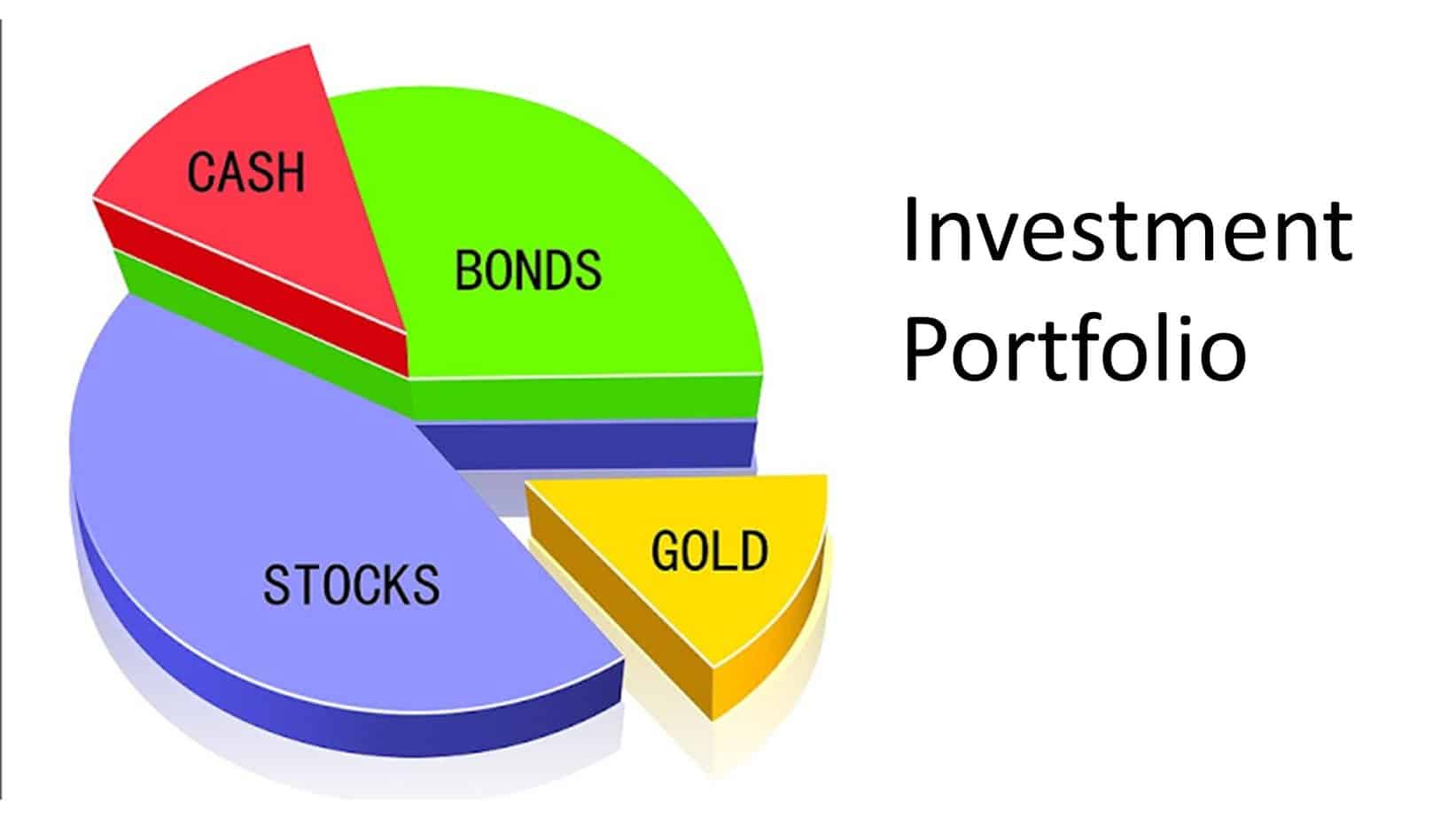Table of Contents
There is no wonder that growing a business is a tough job without having the proper knowledge. All the companies and businesses need to reinvest the profits in other things to make it more efficient. In technical terms, this reinvesting process is termed as sustaining capital reinvestment. Though this is one of the most important things for business growth, most people don’t have accurate information. So if you want to know more, in this article you will get a lot of helpful information about it.

Capital reinvestment represents the process of how a company strategically divides its sources of capital among investment projects, including organic expansion, research and development opportunities, and external investment through mergers and acquisitions.
Sustaining Capital Reinvestment is a process in which a company invests capital into the business to continue the ongoing operations at all levels. In simple words, it is done to maintain the current level of operations of the company.
1. Definition:
Sustaining Capital Reinvestment: This is the investment a company makes to keep its operations running smoothly and efficiently without any degradation in performance or ability to produce at current levels. It contrasts growth capital, which is spent to expand the business or enter new markets.
2. Why is it important?
- Asset Maintenance: Over time, physical assets wear out, technology becomes obsolete, and regular replacements or upgrades are needed to ensure ongoing operations. Without such reinvestments, a company may face declining productivity, increasing operational costs, or potential safety issues.
- Financial Reporting: Differentiating between sustaining and growth capital can give investors and stakeholders a clearer picture of how a company allocates its resources. If a company continually spends to maintain operations, it might indicate that its assets are aging or in a more mature phase of its business cycle. On the other hand, a focus on growth capital suggests a company is in an expansion phase.
3. Examples:
- Mining Industry: Over time, a mine’s equipment can wear out, and as the mine delves deeper, more investment might be needed to keep it operational. Sustaining capital reinvestment might include costs to replace worn-out trucks, drills, or other machinery. It can also involve costs to reinforce tunnels or improve ventilation as the mine expands.
- Manufacturing: Machines and equipment in a factory might require upgrades or replacements. The costs associated with these, as long as they don’t increase the factory’s output, would be classified as sustaining capital.
4. Calculation:
There isn’t a one-size-fits-all formula for calculating sustaining capital reinvestment, as it depends on the specific industry and individual business. However, a general approach might be:
Where:
- Total Capital Expenditures (CapEx): The total amount spent on sustaining and growth investments.
- Growth Capital Expenditures: This is the amount spent on projects or assets expected to increase the company’s operational capacity or efficiency beyond current levels.
Sustaining capital reinvestment refers to the capital expenditures that a company incurs to maintain its current operational capacity. It’s about maintaining, rather than growing, the business. This concept is particularly significant for capital-intensive industries such as mining, oil and gas, utilities, and manufacturing.
The amount used for the investment is the net of the current pricing or value of available income tax deductions (tax shield). At the same time, the evaluation of the firm value is subtracted during the per annum cash flow computation. Apart from this, it is also referred to as maintenance CAPEX.
To evaluate the voluntary flow of cash after tax, capital reinvestment is subtracted from cash flow after tax. It is done under the capitalized cash flow and left cash flow approach. After that, a deducted rate is put into it to evaluate the value of the business. Another thingimportant thingnalyze is the evaluation of the suitable level of capital reinvestment; it is mandatory to continue the profitability and operation of a firm or company.
This evaluation is drawn based on past capital expenditure levels. In the cases of a notable capital outlay to encourage expansion and the business’s growth, the past expenditure levels’ analysis becomes a lity. Another important thing is that the profitability and the revenue can be influenced positively in the coming time, but capital investment is the tag that happens once. This can influence the business’s valuation; that’s why most sellers are willing to debate whether capital investment should be considered sustaining vs. growth.
Now, maybe some of you must be thinking about how much is considered sustaining or growth capital. This question is a little complicated and is often a topic of debate between sellers and buyers. Analysis to support both might include:
- Comparison of the past per annum revenue growth and capital expenditure growth
- The actual fleet size per annum analysis. Replacing an old tool with the acquisition of a new tool can be said to be sustaining vs. growth
In essence, sustaining capital reinvestment is about keeping the lights on and ensuring a business can continue to operate at its current levels. It’s a crucial concept for understanding a company’s financial health and its approach to asset management.
























